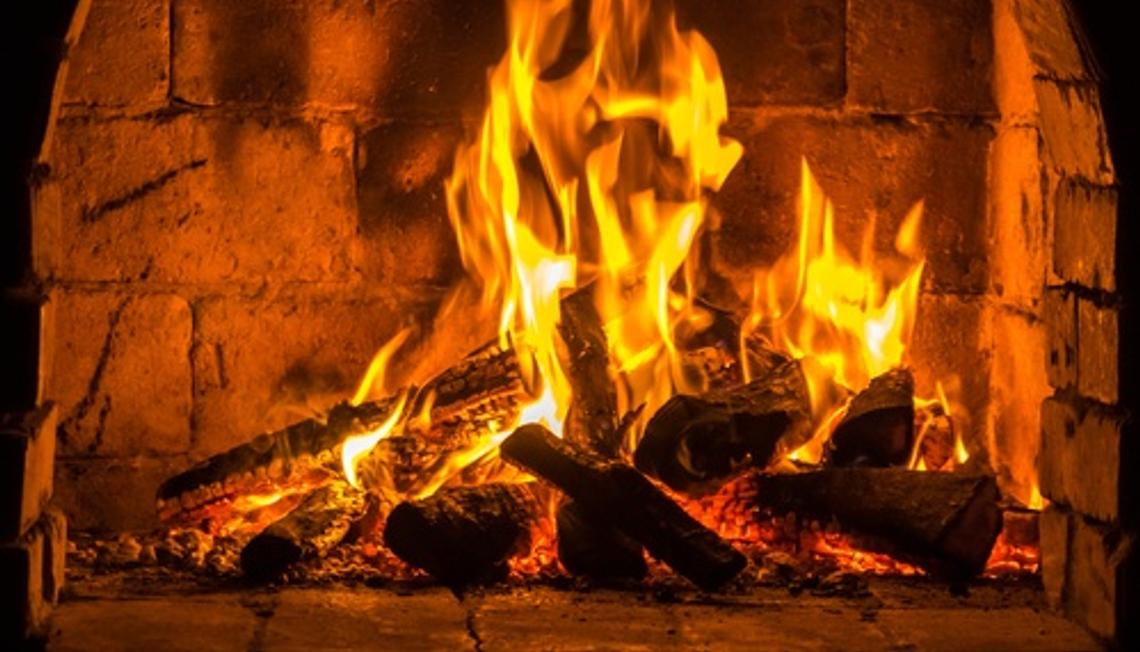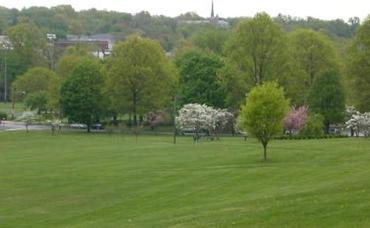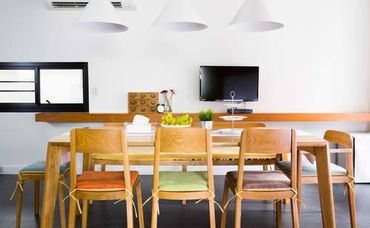Is there anything cozier than a wood-burning fireplace on a cold winter’s night? Maybe it’s what sold you on your current house. Or perhaps it’s a wish list item for the house you’d like to buy in the future. Although fireplaces can be charming and cost-saving features, they do require regular maintenance to keep them working safely and efficiently. Here’s what you need to know.
Safety first
Fireplaces add wonderful warmth and ambiance to your home, but let’s be honest – they can also be a potential source of a house fire. Keep these safety tips in mind when operating your wood-burning fireplace:
- Don’t leave a fire unattended in your fireplace, especially when children are around.
- Use a screen in front of the fireplace to keep embers from landing on surfaces in the room.
- Use a fireproof hearth rug in front of your fireplace to ensure that it won’t catch on fire or melt if a spark or ember lands on it.
- If you have glass doors on your fireplace, be sure they are open when the fireplace is in use. It allows cool air to be drawn in and up the chimney.
- Use fireplace tools when handling burning logs or coals.
- Make sure you have a chimney cap to keep animals, debris, and water out of your chimney.
- Install smoke and carbon monoxide detectors throughout your home and make sure they always have fresh batteries.
- Only burn seasoned hardwood like birch, ash, maple and oak that has been dried under cover for at least six months. This wood burns long and hot and causes less creosote buildup. Green wood and soft woods will not burn as well and will create more creosote buildup.
- Keep the damper closed when the fireplace is not in use. Not only does this keep debris from falling into your fireplace, it keeps the heat from escaping through the flue.
Maintain your fireplace
In order to keep your fireplace working safely, it requires regular maintenance. This includes:
- Removing ashes from the firebox when they become deeper than an inch. They should go directly in the trash, or they can be sprinkled on flowerbeds to add essential nutrients to your soil. Never vacuum the ashes and always wear a mask and gloves.
- Monitoring your fireplace throughout the season for signs of creosote and soot. If you notice more than 1/8 inch of buildup, you need to call in a professional to have it cleaned.
- Testing your fireplace each time you make a fire by lighting a few small pieces of wood. Check to see if the smoke rises vertically up into the chimney. If not, check that the damper is open. If smoke still fills the room, have the chimney inspected and cleaned.
Essential annual chores
In addition to the regular maintenance you perform throughout the season, you should also complete these essential chores:
- Have your fireplace cleaned and inspected by a professional chimney sweep. A basic cleaning will cost anywhere from $150 to $350. This should be done every year at the end of the burning season, more often if you use your fireplace regularly.
- If your certified chimney sweep suggests repairs to your fireplace or chimney, do not ignore their advice. Call your chimney contractor.
- Have your chimney cap inspected and repair or replace as necessary.
Chimney sweeps are professionals trained to protect your fireplace and your home from damage, debris and hazards. Certified chimney sweeps inspect your fireplace for damage to the brickwork and mortar, cracks in the tile flue liners, blockages such as bird, raccoon or squirrel nests, and a build up of leaves, soot, creosote and other potential causes of house fires and smoke damage. A chimney contractor can provide services such as reconstruction, fireplace and chimney repairs, re-pointing, waterproofing, etc.
Property lit fires
Once you know your fireplace is safe to use, learn how to light a fire. While you may find several “sure-fire” ways to do the job, make sure to follow all safety procedures when doing so.
- Open the damper.
- Prime the flue. If your chimney is on the outside of the house, you’ll need to warm it up before lighting the fire to avoid smoke descending into the room. If your fireplace has a gas pipe, turn on and light the gas for a few minutes until the flue warms and you feel the air drafting into and up the chimney before you add wood to the fire. If you do not have a gas starter, here are instructions for safely priming your flue.
- Experts suggest building an “upside down” fire for a cleaner, longer lasting fire. To set up your upside down fire, stack larger fuel logs on the fire grate. Place smaller logs on top of these, and then place kindling and twigs on top of the stack. Lastly, top of your fire with balls of scrunched up newspaper or other tender. Light the fire from the top. As the paper burns, the smoke will exit the chimney while the paper lights the twigs and kindling. As the kindling forms coals, it will like the smaller logs and they in turn will light the larger logs.
- Allow an ash bed to form under the grate. An inch or two of ash insulates your fireplace and keeps the fire burning hotter. However, don’t allow too much ash to build up, since that will dampen your fire and make it harder to light the next time.
Stay safe and warm
Enjoy your fireplace, but stay safe as well. If you need recommendations for a chimney sweep or a chimney contractor, please give us a call. We have a list of recommended local contractors who would love to help you keep your fireplace and chimney in top condition.
[vr_spacer]
The Allison Ziefert Real Estate Group is a top producing real estate team based at Keller Williams MidTown Direct in Maplewood, NJ. We are local market experts, specializing in real estate and homes in Maplewood, South Orange, Millburn/Short Hills and West Orange, NJ and the surrounding towns. We are driven by earning great testimonials and referral business from happy clients. You can read our testimonials at www.azhomesnj.com/testimonials.





 By submitting information, I am providing my express written consent to be contacted by representatives of this website through a live agent, artificial or prerecorded voice, and automated SMS text at my residential or cellular number, dialed manually or by autodialer, by email, and mail.
By submitting information, I am providing my express written consent to be contacted by representatives of this website through a live agent, artificial or prerecorded voice, and automated SMS text at my residential or cellular number, dialed manually or by autodialer, by email, and mail.
